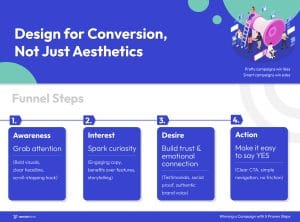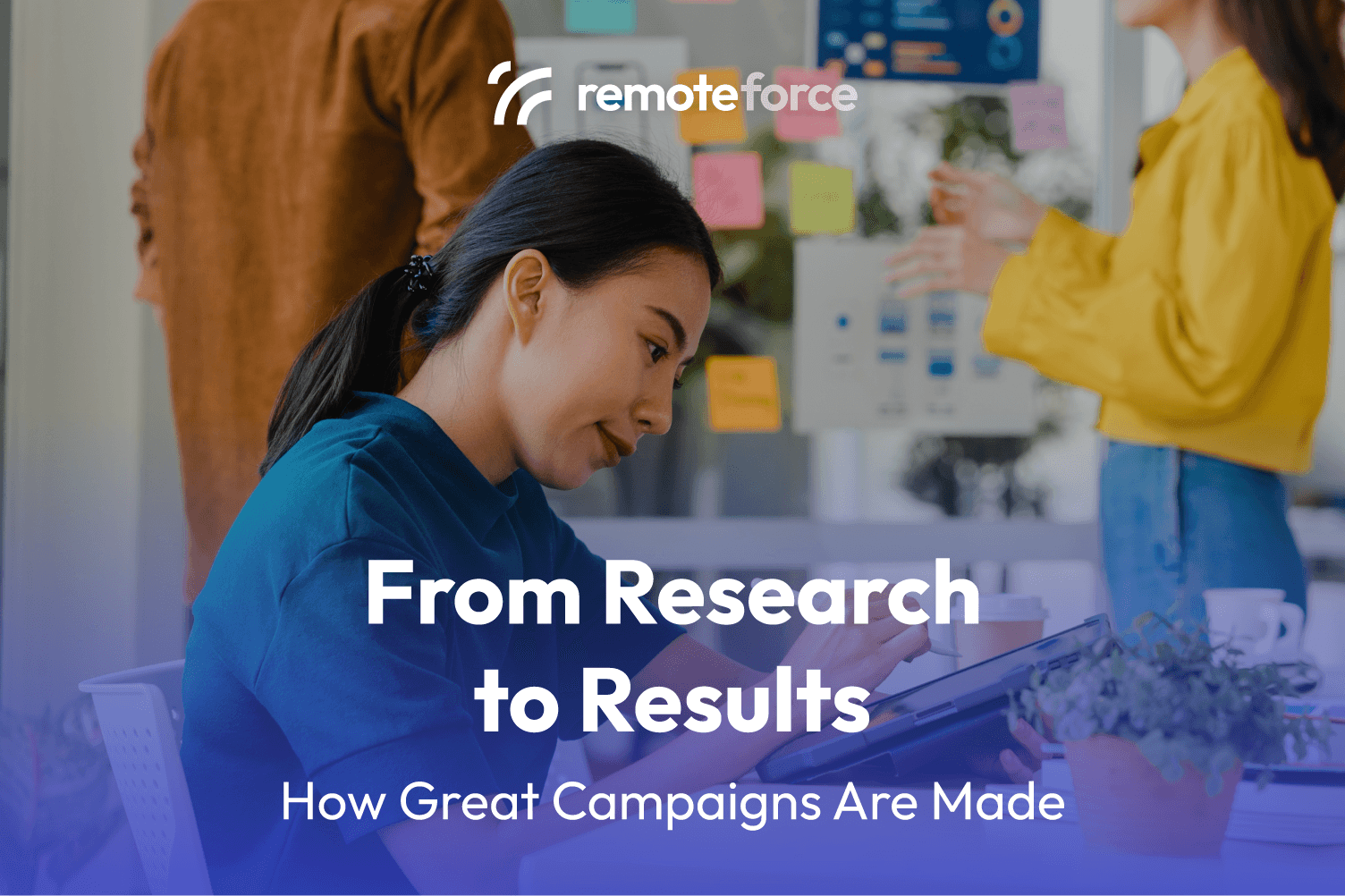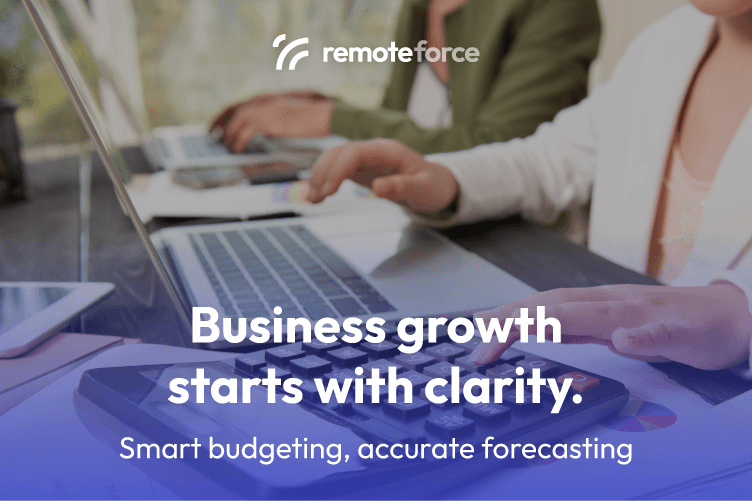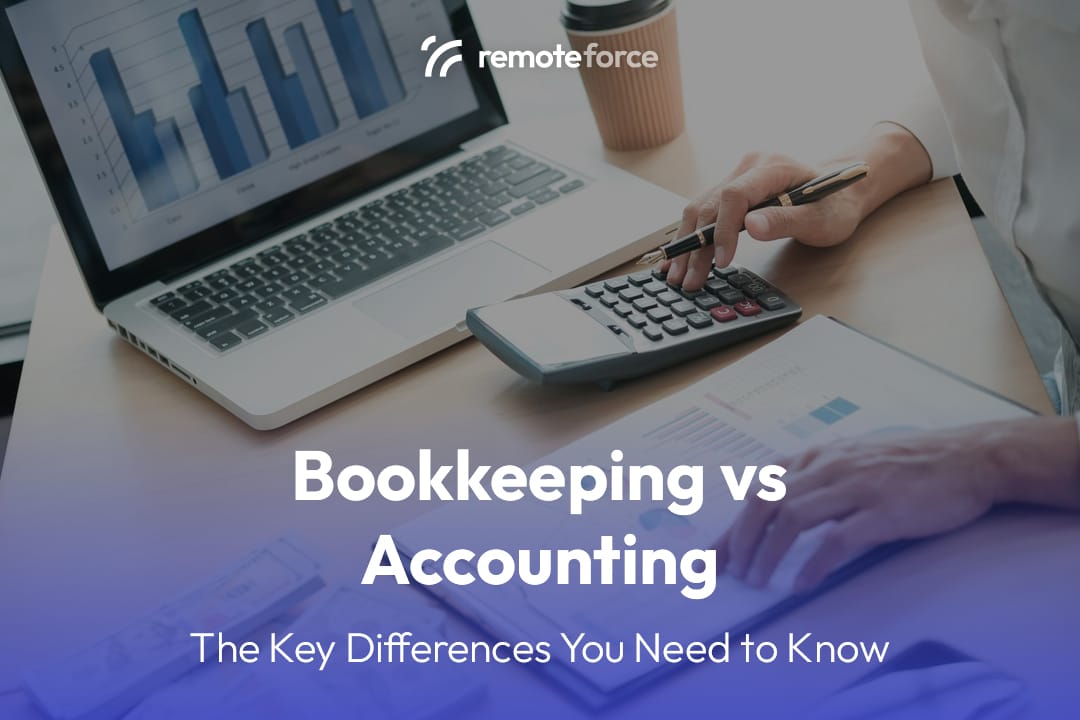Every marketer dreams of creating the next big campaign—the kind that gets people talking, sharing, and maybe even tattooing your slogan (looking at you, Nike fans). But here’s the catch: great campaigns don’t start with a flash of creative genius in the shower. They’re carefully built, step by step, on principles that haven’t changed since David Ogilvy was writing ads that made brands famous.
And in today’s world, where attention spans are shorter than a TikTok clip, those principles matter more than ever. Let’s break down five timeless steps to creating a campaign that doesn’t just look good but actually works.
Table of Contents
ToggleStep 1: Start with Research, Not Creativity
Ogilvy was blunt about it: “Advertising people who ignore research are as dangerous as generals who ignore decodes of enemy signals.” Translation? Guesswork is not a strategy.
Take National Geographic, for example. Their social campaigns don’t just throw pretty pictures of landscapes at us. They know their audience craves awe, discovery, and authenticity. They research what resonates—whether that’s a story about climate change or a baby snow leopard—and then deliver.
The truth is, research is the unglamorous hero of great marketing. Customer interviews, competitor analysis, and even just reading reviews can uncover what people actually care about. That’s where RemoteForce starts—not with fancy graphics, but with insights that drive results.
(And yes, this is the part no one wants to do… but it’s the difference between a campaign that soars and one that fizzles.)
Step 2: Craft a Headline That Demands Attention
Here’s an uncomfortable fact: 80% of people read the headline, and only 20% read the rest. If your headline fails, the rest of your carefully crafted copy may as well be invisible.
Think of Nike’s “Just Do It.” It’s short, powerful, and universally relatable. Or consider The Economist’s famously clever headlines, like “Would you like to sit next to you at dinner?” That curiosity hook pulls you in immediately.
Good headlines don’t just shout—they whisper, tease, or promise something irresistible. Whether it’s an ad, a landing page, or a social post, your headline has to earn the next second of attention.
Remember, you’re not writing for people with time to burn. You’re writing for people scrolling through cat videos. Make it count.
Step 3: Tell a Story That Builds Trust
Humans don’t buy products. We buy stories, identities, and emotions. Ogilvy knew this, and Tse Liang Teoh calls it the “emotional hook.”
Look at Airbnb’s campaigns. They don’t just say “Book a room.” They tell stories of belonging, of families connecting across cultures, of ordinary people becoming hosts. Those stories create trust—because they’re about people, not just services.
The same applies no matter your industry. If you’re a B2B SaaS platform, your story might be about how one client grew revenue by 300%. If you’re in retail, it’s the story of how your product fits into someone’s everyday life.
The point: trust isn’t built with a discount code. It’s built with stories that make people feel something.
Step 4: Design for Conversion, Not Just Aesthetics
We’ve all seen them—those dazzling campaigns that look like they belong in a museum… but don’t sell a thing. That’s because pretty doesn’t always pay the bills.
Great campaigns are designed with the funnel in mind:
Awareness: Grab attention.
Interest: Spark curiosity.
Desire: Build trust and emotional connection.
Action: Make it easy to say yes.

Think about Apple’s product launches. The design is sleek, sure, but everything points toward a clear action: pre-order now. Even the website flow is engineered to guide you through the funnel with zero friction.
At RemoteForce, we love design—but we love results even more. Because at the end of the day, your CFO doesn’t care how many likes you got. They care about conversions.
Step 5: Test, Measure, and Refine
Here’s the most overlooked step. Too many campaigns die after launch because marketers treat them like finished products instead of living experiments.
Ogilvy put it best: “Never stop testing, and your advertising will never stop improving.” Today, that means A/B testing headlines, experimenting with visuals, and measuring click-throughs or conversions.
Take Spotify Wrapped. Every year, it evolves. They don’t just repeat last year’s format—they refine based on what worked and what didn’t. That’s why people look forward to it like a holiday tradition.
Marketing is not about perfection—it’s about iteration. The smartest campaigns are the ones constantly learning.
(Think of it like dating: you don’t stop improving after the first date… at least, not if you want a second one.)
Conclusion
A great campaign isn’t magic—it’s method. Start with research, write headlines that hook, tell stories that connect, design for conversion, and never stop testing. These steps work whether you’re a global brand or a growing business trying to make your mark.
At RemoteForce, we live by these principles. Our marketing team blends research, creativity, and data-driven testing to help campaigns perform—not just look good. If you’re ready to build a campaign that gets noticed and delivers results, we’d be glad to help you make it happen.




